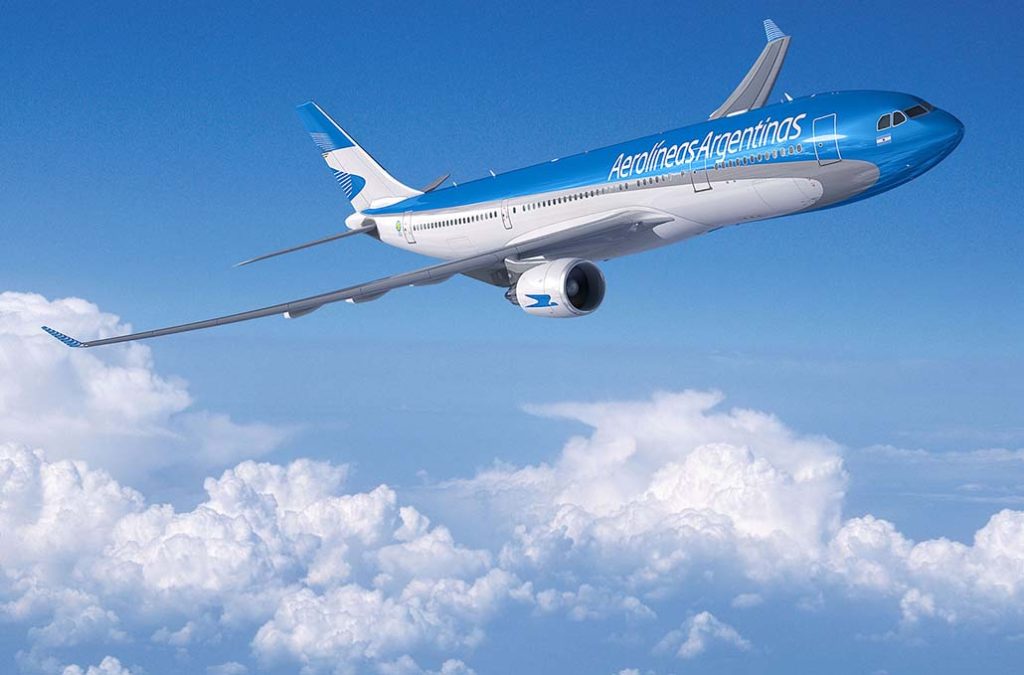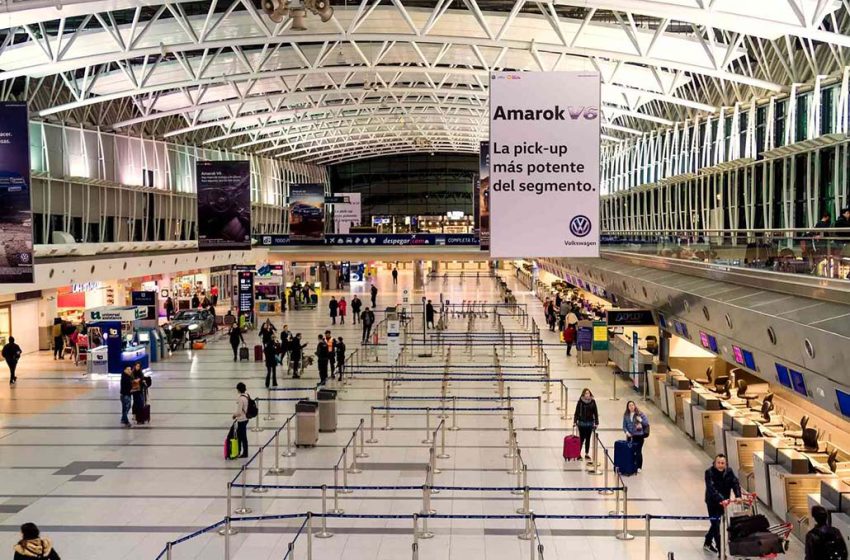Patagonia, located at the southernmost tip of South America, is one of the most naturally captivating destinations in the world. Whether you’re exploring magnificent glaciers or immersing yourself in vast wilderness, Patagonia offers a truly unique experience. Despite its remote location, getting to Patagonia is relatively easy, especially in the winter when there are fewer tourists, allowing for a more tranquil travel experience. I’ll guide you through the transportation and flight options to help ensure that your journey to this magical land goes smoothly.
1. Flights: How to Get to Patagonia from Europe and the U.S.
The main way to reach Patagonia is by air. While it’s located far from major international hubs, thanks to the well-connected airports in Argentina and Chile, you can easily access the region. For most travelers from Europe and the U.S., a common route is to transit through Buenos Aires in Argentina or Santiago in Chile, and then take a domestic flight to the major cities in Patagonia.
1. Departing from Europe or the U.S.
Whether you’re flying from the U.S., Europe, or other parts of the world, your journey to Patagonia typically begins with an international flight to either Buenos Aires, Argentina, or Santiago, Chile. Both of these cities are major international hubs in South America, providing numerous connections to and from Europe, North America, and beyond. From cities like New York, London, Paris, or other major European cities, you can easily find direct flights that typically take between 10 to 14 hours to either Buenos Aires or Santiago, depending on your departure location. These long-haul flights will bring you to the heart of South America, where you’ll begin your adventure to Patagonia.
From Buenos Aires to Patagonia:
Once you’ve arrived in Buenos Aires, Argentina’s vibrant capital city, you’ll be well-connected to Patagonia through the country’s domestic flight network. Buenos Aires’ international airport, Ezeiza Airport (EZE), serves as a major hub for flights to various regions of Argentina, including Patagonia.
From Ezeiza, you can take several domestic flights to Patagonia’s most popular cities, such as El Calafate and Ushuaia.
- El Calafate: One of the most visited destinations in Patagonia, El Calafate is the gateway to the world-famous Perito Moreno Glacier and the Los Glaciares National Park. The flight from Buenos Aires to El Calafate takes approximately 3 to 4 hours, making it a quick and convenient connection to Patagonia’s natural wonders. Many flights operate daily, especially during the peak tourist seasons, providing travelers with plenty of options.
- Ushuaia: For those wishing to explore the southernmost city in the world, Ushuaia, the flight from Buenos Aires typically takes about 3 hours. Ushuaia is a popular starting point for expeditions to Antarctica, but it is also a fantastic destination for those seeking to visit the Tierra del Fuego National Park and experience the rugged beauty of southern Patagonia.
From Santiago to Patagonia:
If you’re flying from Chile, Santiago is the most common point of departure for travelers heading to Patagonia. Santiago’s international airport, Arturo Merino Benítez International Airport (SCL), is well-connected to Patagonia, with several direct flights to various key destinations in Chilean Patagonia.
- Punta Arenas: One of the most important cities for accessing Torres del Paine National Park, Punta Arenas is a great starting point for those interested in exploring Chilean Patagonia. Flights from Santiago to Punta Arenas typically take about 3 hours. Punta Arenas is located in the southern part of Chile, making it a convenient hub for accessing southern Patagonia’s natural attractions, such as the park, glaciers, and wildlife.
- Osorno: Another popular city in Chilean Patagonia is Osorno, which lies on the shores of Lake Llanquihue. Osorno is a good base for exploring the lakes and volcanoes in the surrounding region. Flights from Santiago to Osorno take approximately 1 hour and 30 minutes. While this city is further north than Punta Arenas, it is still considered a gateway to Patagonia’s stunning landscapes.
Flight Options and Considerations:
- Airlines: Several airlines operate flights between Buenos Aires or Santiago and Patagonia, including Aerolineas Argentinas, LATAM Airlines, and Sky Airline. These carriers provide frequent services to Patagonia’s major cities, ensuring that travelers have flexibility in planning their trip.
- Winter Travel: During the winter months, which run from June to September, flights may be less frequent, but you will benefit from fewer crowds and a more serene experience in Patagonia. If you plan to travel during the winter, it’s a good idea to book your domestic flights in advance, as availability may be more limited.
- Layovers: If you’re traveling from North America or Europe, keep in mind that flights to Buenos Aires or Santiago often require layovers, typically in major hubs such as São Paulo or Rio de Janeiro (for flights to Buenos Aires) or Lima (for flights to Santiago). Be prepared for a total travel time of around 12-20 hours, including layovers.
The journey to Patagonia is relatively straightforward, with multiple flight options connecting major international cities like Buenos Aires and Santiago to the heart of Patagonia. From Buenos Aires, you can easily access El Calafate, Ushuaia, and other key destinations in Argentine Patagonia. Similarly, Santiago offers direct flights to Punta Arenas, Osorno, and other Chilean locations. Whether you’re exploring the glaciers of El Calafate or the dramatic landscapes of Torres del Paine, getting to Patagonia is a breeze with the right planning!

2. Domestic Flights to Patagonia
Once you’ve arrived in Buenos Aires or Santiago, you’ll need to take a domestic flight to one of Patagonia’s main cities. Here are the main airports to consider:
- El Calafate Airport (Argentina): El Calafate is one of the main airports in Patagonia, located in the southern part of Argentina near the Los Glaciares National Park. It’s the best access point for visiting the famous Perito Moreno Glacier and other natural attractions. Flights from Buenos Aires or other cities in Patagonia take about 3 to 4 hours.
- Punta Arenas Airport (Chile): This airport, located in southern Chile, is the primary gateway to Chilean Patagonia, especially for visiting Torres del Paine National Park. Flights from Santiago to Punta Arenas typically take about 3 hours.
- Ushuaia Airport (Argentina): Ushuaia, located at the southernmost tip of Argentina, is known as the southernmost city in the world and a popular starting point for Antarctic expeditions. It’s also a great entry point to southern Patagonia. Flights from Buenos Aires or other South American cities are available to Ushuaia.
Winter is a great time to visit Patagonia because there are fewer tourists, which means more flexibility and quieter flights for those looking for a serene travel experience.
2. Public Transportation: Buses and Car Rentals
Once in Patagonia, you can choose to use public transportation or rent a car, depending on your travel plans. While Patagonia is remote, its transportation system is well-organized, with extensive bus networks and car rental services, especially for those wanting to explore more independently.
1. Buses
Patagonia has a highly developed bus system, particularly from Buenos Aires and Santiago, which directly connect you to Patagonia’s major cities and points of interest. Bus travel is cost-effective and comfortable, making it a popular choice for those who prefer a more leisurely journey.
- From Buenos Aires: You can take long-distance buses to El Calafate, Ushuaia, and other cities. The journey can take 12 hours or more, depending on your destination, but you’ll get to enjoy scenic views along the way.
- From Santiago: There are buses from Santiago that pass through southern Chile, including stops in cities like Punta Arenas, which is ideal for exploring Chilean Patagonia. The journey typically takes 10 hours or more, depending on the route.

2. Car Rentals
If you prefer to explore Patagonia at your own pace, renting a car is an excellent option. The region has wide, open roads, and driving gives you the flexibility to visit attractions at your leisure. For example, you can rent a car from El Calafate and drive to the Perito Moreno Glacier or travel from Punta Arenas to Torres del Paine National Park.
- Self-Driving: One of the advantages of renting a car is the freedom it gives you to explore. You can travel from one natural wonder to the next without the constraints of a fixed schedule. For instance, from El Calafate, you can drive along Route 41 to reach Los Glaciares National Park, continuing through the wilderness of Patagonia.
- Recommended Routes: If you plan to rent a car, I recommend starting from El Calafate and driving through the beautiful landscape toward the glaciers and lakes of the region. The journey offers stunning views of the mountains, lakes, and glaciers that make this region famous.
3. Tips for Travelers
- Weather Awareness: Patagonia’s weather can be unpredictable, especially in winter. Be sure to check the forecast before traveling and prepare accordingly. Whether driving or walking, make sure to have warm clothing and gear for all seasons.
- Road Conditions: Some areas in Patagonia, especially those far from major cities, may have rough or unpaved roads. Ensure the car you rent is suitable for such conditions, particularly if you plan to drive on gravel or dirt roads.
Getting to Patagonia is relatively easy, even with its remote location. Whether you’re flying, taking the bus, or renting a car, there are plenty of ways to reach this extraordinary region. In winter, the relatively quieter flight schedules and the opportunity to explore Patagonia’s serene landscapes are sure to make your trip unforgettable. From glaciers and mountains to pristine lakes and vast wilderness, Patagonia promises an adventure like no other. So, are you ready to explore Patagonia’s wonders? Start planning your journey today!

